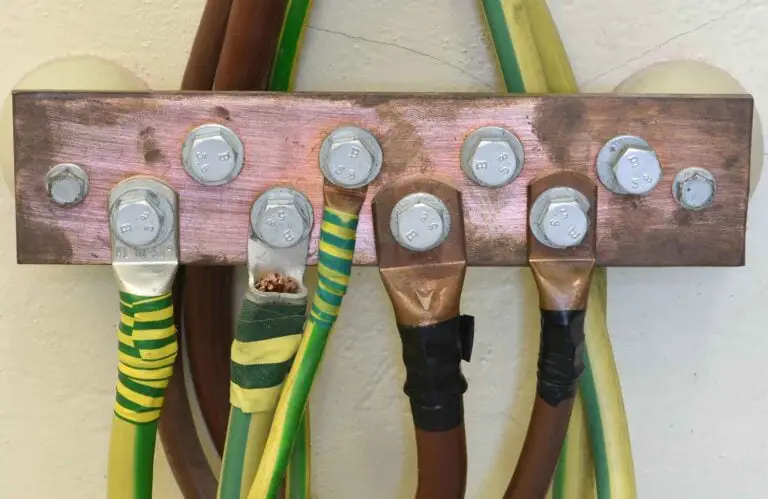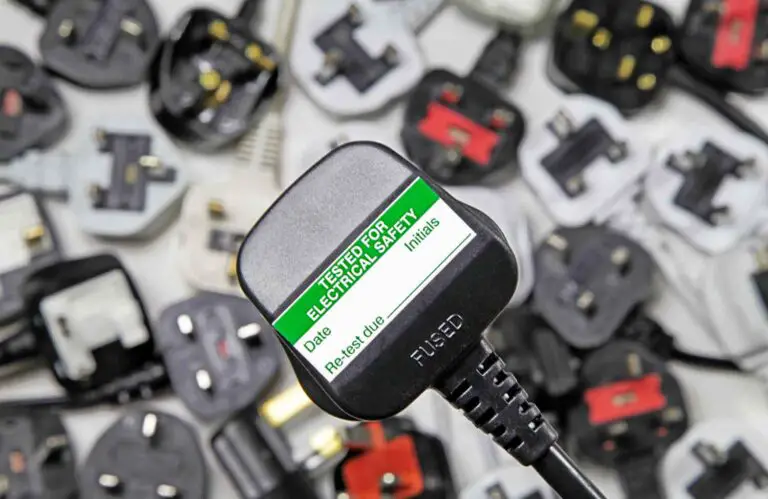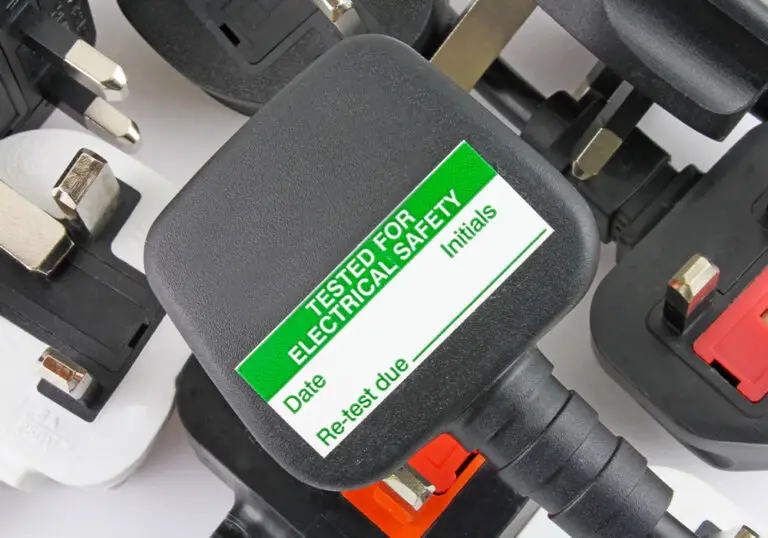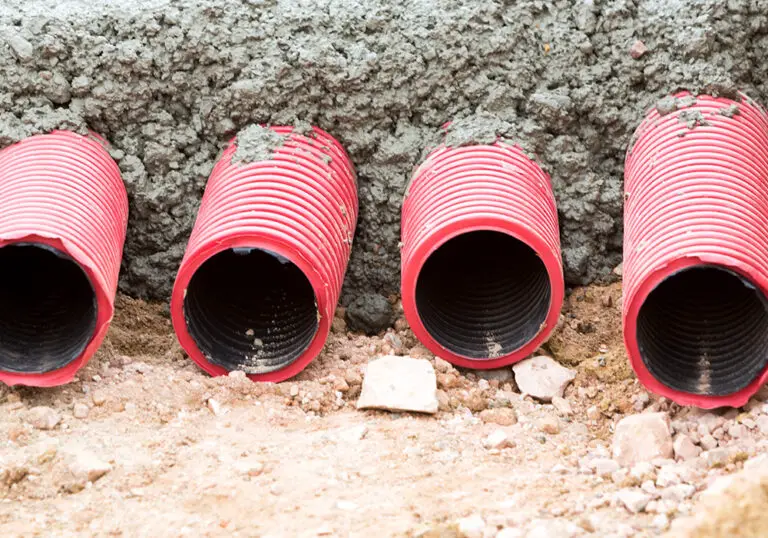How Many Lumens per Square Foot: Ideal Lighting Levels Explained
When it comes to creating the right atmosphere and functionality in a space, understanding lumens per square foot is crucial. Lumens are the unit of measurement for the amount of visible light emitted by a source, and they play a central role in lighting design. Knowing the lumens required for a particular area enables you to choose lighting fixtures that will provide adequate illumination for tasks, enhance comfort and set the desired mood.
Lighting requirements vary depending on the use of the space. Areas where precision tasks are performed might need higher lumens per square foot, while in spaces designed for relaxation, lower levels of light could be sufficient. Calculating the lumens needed for a space is a straightforward process involving room dimensions and lighting purpose. Armed with this information, you can select fixtures that offer the correct amount of light while accounting for factors such as energy efficiency and bulb lifespan.
Key Takeaways
- Understanding lumens is essential for effective lighting.
- Different activities require different lighting levels.
- Accurate calculation ensures optimal brightness.
Fundamentals of Illuminance
When selecting the proper lighting for your space, understanding lumens and their relationship with square footage is crucial.
Lumen Definition
A lumen represents the total amount of visible light emitted by a source. If you’re determining the brightness needed for a room, it’s your primary unit of measurement. To put it simply, the more lumens a light source produces, the brighter it is.
Square Foot Measurement
The term square foot is a unit of area used primarily in the United States and United Kingdom. It quantifies the size of a space and is critical when calculating the required lumens to achieve adequate lighting. To calculate it, you multiply the length by the width of the room.
Here’s an example of calculating lumens needed per square foot:
| Room Size (Length × Width) | Lumens Required (for relaxed atmosphere) | Lumens Required (for brighter spaces) |
|---|---|---|
| 10 ft × 10 ft (100 sq ft) | 2000-4000 lumens (20-40 lumens/sq ft) | 6000-8000 lumens (60-80 lumens/sq ft) |
The number of lumens per square foot required will vary depending on the purpose and function of the space.
Standard Lighting Levels
When determining the appropriate lighting for a space, consider both the activity performed and the area’s size. Lumens per square foot, known as luminous efficacy, is a critical factor in providing adequate illumination for safe and comfortable environs.
Residential Requirements
Your living space should emanate a welcoming and functional brightness. In general, a range of 20-40 lumens per square foot is suitable for most living rooms where a relaxed atmosphere is desired. Kitchens, bathrooms, and garages, areas requiring sharp visual acuity, usually need about 60-80 lumens per square foot to ensure proper lighting levels for tasks and safety.
- Living Room: 20-40 lumens/sq ft
- Kitchen/Bathroom: 60-80 lumens/sq ft
Commercial Requirements
Commercial spaces require enhanced illumination for productivity, safety, and customer satisfaction. Office spaces typically need around 50 lumens per square foot, whereas retail stores may increase up to 70 lumens per square foot to create an attractive display for merchandise.
- Office Space: 50 lumens/sq ft
- Retail: 70 lumens/sq ft
Industrial Applications
Industrial settings often demand higher lumen output due to the size and nature of their operations. A standard requirement can start from 70 lumens per square foot and rise depending on the machinery used and the task’s intricacy.
- Warehouse/Manufacturing: 70 lumens/sq ft or more
Calculating Lumens per Square Foot
Adjustments for Room Usage
The lumens per square foot you require can vary based on the room’s purpose. Different activities demand different lighting intensities:
- Low illumination intensity: suitable for relaxed settings with minimal visual tasks, such as a bedroom or lounge.
- Medium illumination intensity: adequate for working environments like a home office or kitchen.
- High illumination intensity: necessary for precision tasks or areas requiring bright light, such as workstations or detailed crafts.
Adjust your total lumens needed based on these usage categories to ensure the space is appropriately lit.
Consideration of Light Loss Factors
Light loss factors can impact the effectiveness of your lighting. They include:
- Lamp Lumen Depreciation: Over time, light output diminishes. Choose a bulb with a lower rate of lumen depreciation to maintain the required intensity.
- Room Surface Reflectance: Dark-coloured walls absorb more light, necessitating additional lumens. Conversely, light-coloured walls help to distribute light more efficiently.
- Fixture Efficiency: The design of the fixture can obstruct or diffuse light output. Opt for fixtures that maximise light distribution.
- Spacing of Light Sources: Position lights strategically to avoid uneven illumination and shadows.
By considering these factors, you can ensure the longevity and efficiency of your lighting solution.
Choosing the Right Lighting
Selecting the appropriate lighting involves understanding the types of light bulbs, where to place light fixtures, and how to maximise energy efficiency.
Types of Light Bulbs
LED (Light Emitting Diode): Emits light efficiently and has a long lifespan. They come in various colour temperatures and lumen outputs to suit your needs.
CFL (Compact Fluorescent Lamp): Uses less energy than traditional incandescent bulbs and provides a diffuse light output. Be attentive to the time these take to reach full brightness.
Halogen: Offers a bright white light and turns on instantly, but they are less energy-efficient and have a shorter lifespan than LED and CFL bulbs.
Incandescent: The least energy-efficient option with a warmer glow, typically used in less frequented areas or for specific, cosy atmospheres.
Fixture Placement
Central Lighting: Main lights are often centrally located to distribute light evenly. Ensure you have enough lumens per square foot to cover the entire area without creating shadows or glare.
Task Lighting: Additional fixtures are key to illuminate specific tasks effectively. Place these strategically, such as under cabinets in kitchens or above desks.
Accent Lighting: Designed to highlight features, accent lighting should complement the overall lumens required, focusing on aesthetics without compromising functionality.
Energy Efficiency Considerations
Lumen to Watt Ratio: Seek bulbs with a higher lumen output per watt to reduce energy consumption while maintaining brightness.
Dimmers: Installing dimmable lights can save energy, as you can adjust the light intensity according to the time of day and activity.
Motion Sensors: Ideal for outdoor use or infrequently used spaces, motion sensors ensure lights are only on when required, saving electricity.
Remember to always verify compatibility with your current fixtures and switch to next-generation bulbs where possible to optimise both lighting quality and energy efficiency.





